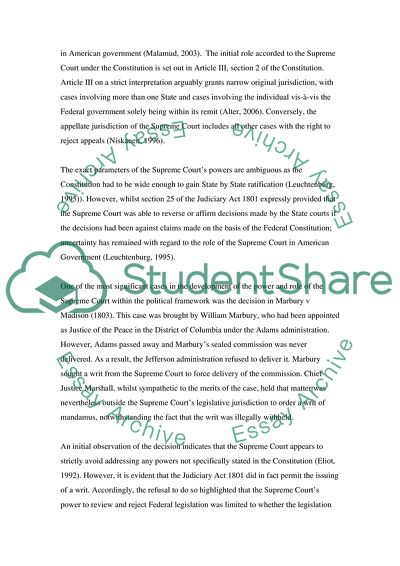Cite this document
(The Effects of the New Deal Reform by F.D.Roosevelt on Modern Politica Assignment, n.d.)
The Effects of the New Deal Reform by F.D.Roosevelt on Modern Politica Assignment. https://studentshare.org/politics/1717891-the-attempt-by-franklin-d-roosevelt-to-court-packingand-the-lasting-affects-it-has-on-todays-political-structure-include-the-following-the-railroad-retirement
The Effects of the New Deal Reform by F.D.Roosevelt on Modern Politica Assignment. https://studentshare.org/politics/1717891-the-attempt-by-franklin-d-roosevelt-to-court-packingand-the-lasting-affects-it-has-on-todays-political-structure-include-the-following-the-railroad-retirement
(The Effects of the New Deal Reform by F.D.Roosevelt on Modern Politica Assignment)
The Effects of the New Deal Reform by F.D.Roosevelt on Modern Politica Assignment. https://studentshare.org/politics/1717891-the-attempt-by-franklin-d-roosevelt-to-court-packingand-the-lasting-affects-it-has-on-todays-political-structure-include-the-following-the-railroad-retirement.
The Effects of the New Deal Reform by F.D.Roosevelt on Modern Politica Assignment. https://studentshare.org/politics/1717891-the-attempt-by-franklin-d-roosevelt-to-court-packingand-the-lasting-affects-it-has-on-todays-political-structure-include-the-following-the-railroad-retirement.
“The Effects of the New Deal Reform by F.D.Roosevelt on Modern Politica Assignment”. https://studentshare.org/politics/1717891-the-attempt-by-franklin-d-roosevelt-to-court-packingand-the-lasting-affects-it-has-on-todays-political-structure-include-the-following-the-railroad-retirement.


